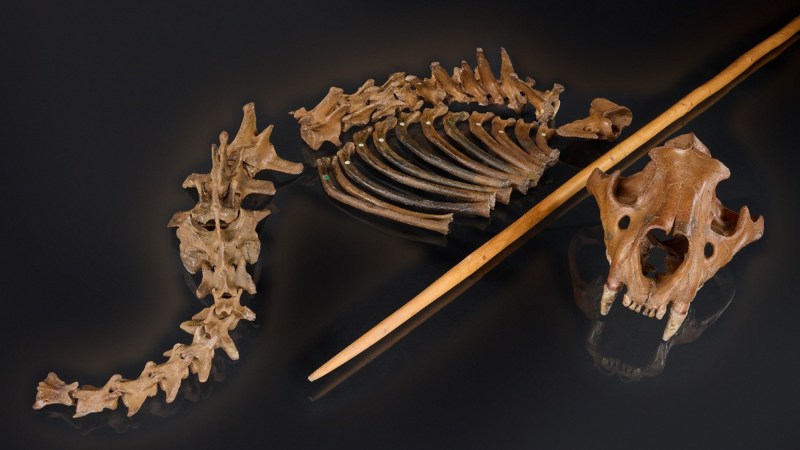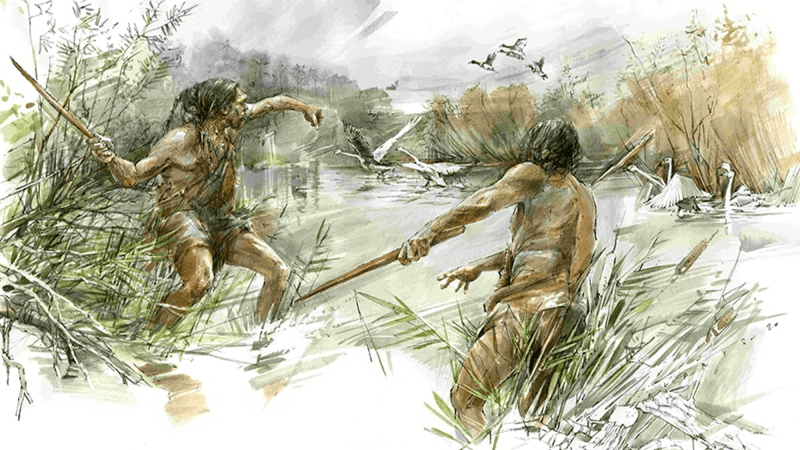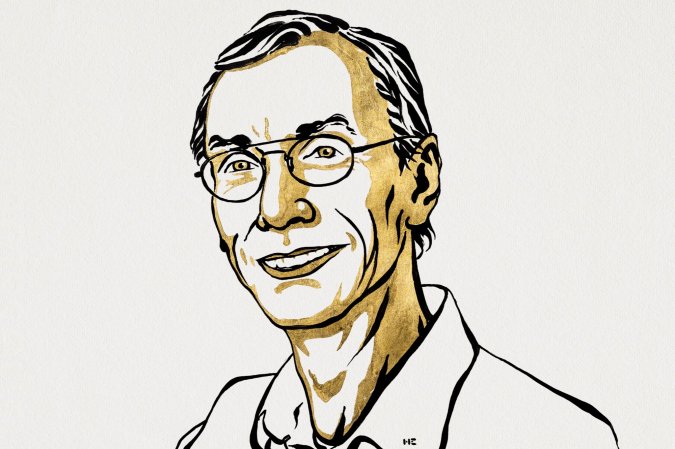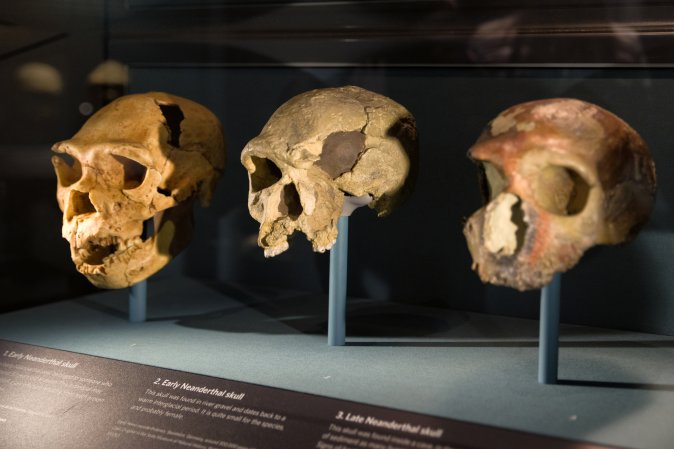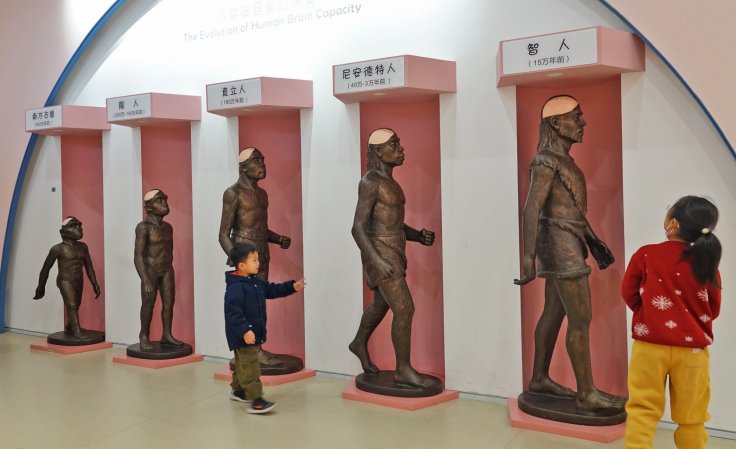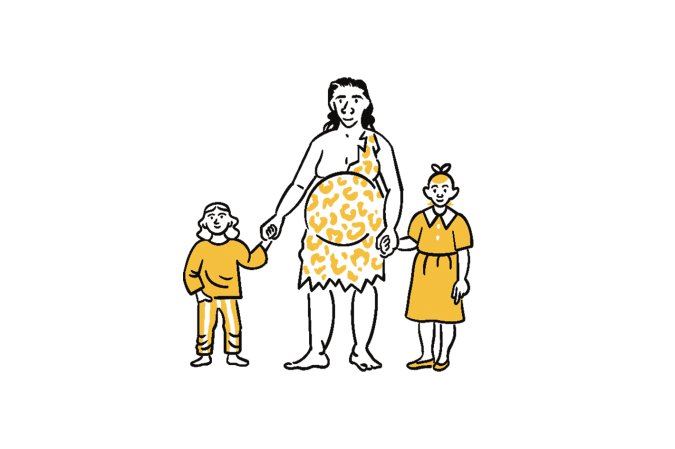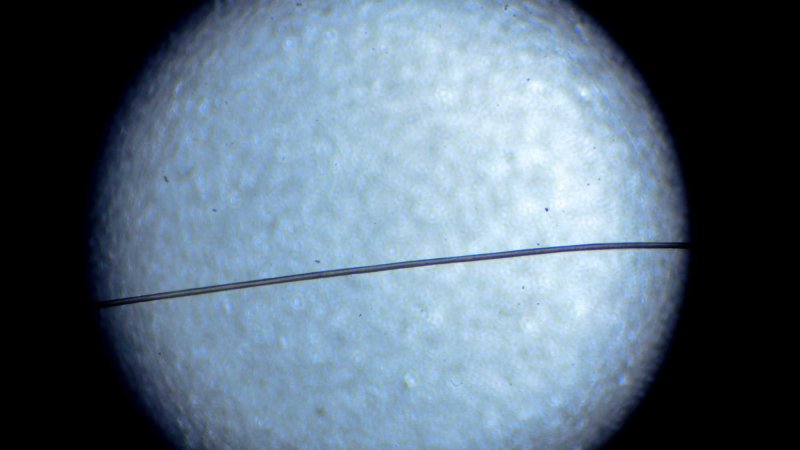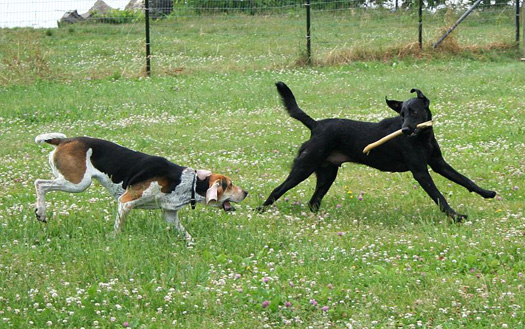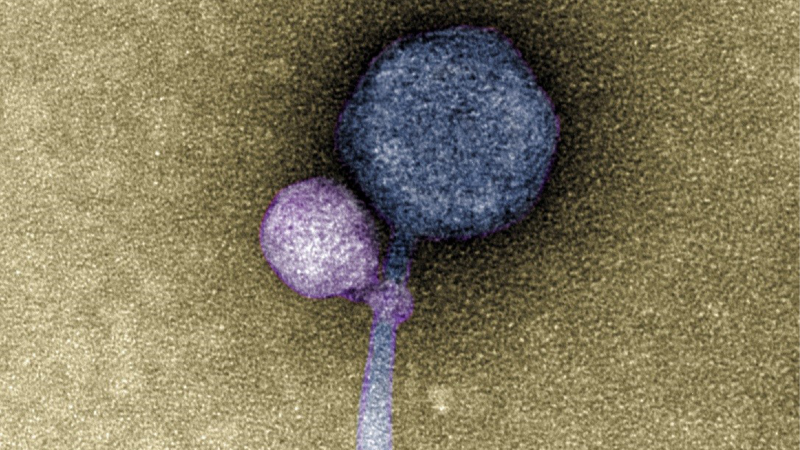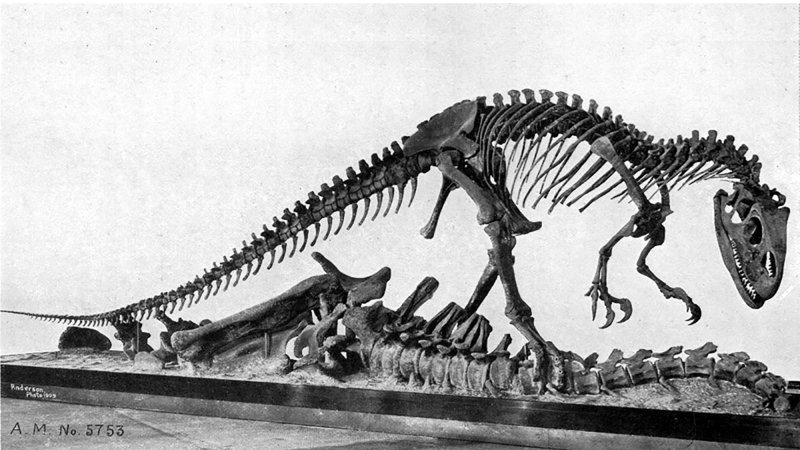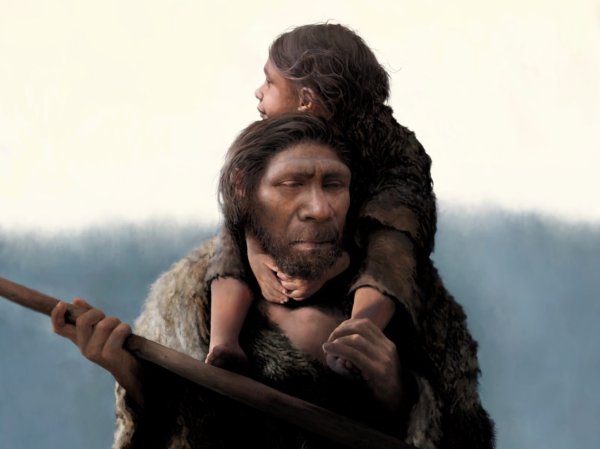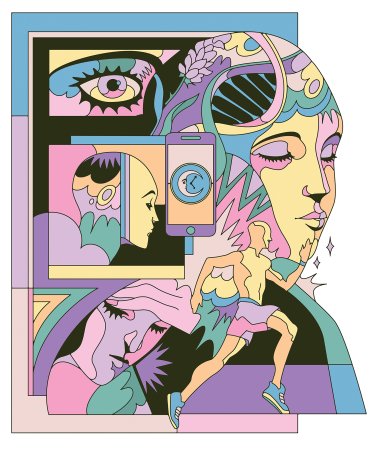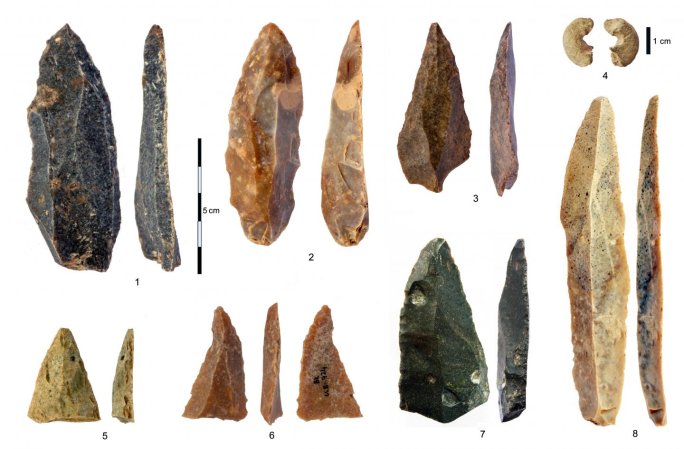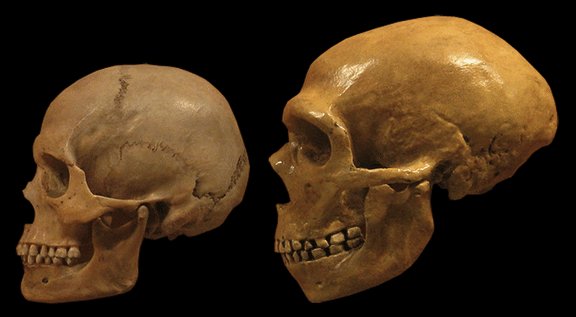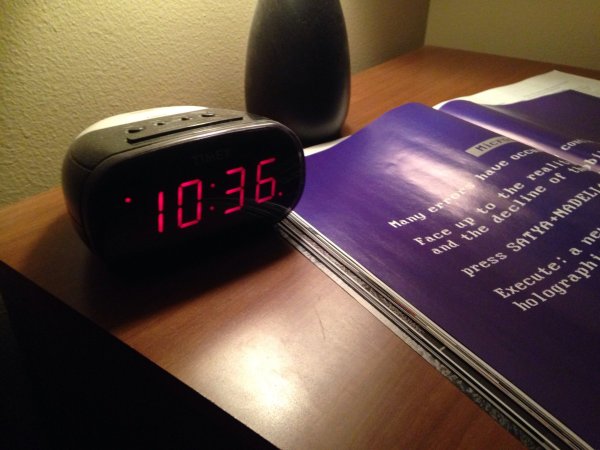

If you naturally wake up earlier in the morning, some very old genetic variants may be behind your sleep patterns. Humans’ internal circadian clocks might be partially influenced by genetic material left behind by extinct Neanderthals. The findings are described in a study published December 14 in Genome Biology and Evolution and provides a window into how the sleep cycles of Neanderthals differed from our earliest ancestors. Studies like this one could be a step towards a better understanding of how genetic material from extinct hominins affects modern humans.
Our bodies respond to the environment
Modern Homo sapiens trace their origins back 300,000 years. Biological features in these early humans were shaped by environmental factors like sunlight or altitude. Roughly 70,000 years ago, the ancestors of modern Eurasian humans began to migrate out of Africa north towards Europe and Asia. Here, they experienced new environments and more seasonal variation in both temperatures and daylight.
[Related: Night owls can become early birds. Here’s how.]
“We also know from other species that live across broad ranges of latitude that their circadian clocks often adapt to the differences in light/dark cycles,” study co-author and University of California, San Francisco computational biologist Tony (John) Capra tells PopSci. “In particular, in higher latitudes there is more seasonal variation in light/dark cycles over the course of the year than in more equatorial latitudes.”
They also encountered different types of early hominins as they left Africa, including Denisovans and Neanderthals. The different environmental conditions on these northern continents meant that Neanderthals and Denisovans had different genetic variations from those coming out of Africa. When they began to interbreed with Neanderthals about 50,000 years ago, it created the potential for humans to get some of the genetic variants that were already adapted to this environment.
Which genes stay and which genes go
Roughly two percent of the present-day Eurasian genome is derived from Neanderthal genetic variants, but which two percent varies. Neanderthal genes have been shown to influence nose shape and even pain sensitivity. Natural selection can remove this older genetic ancestry that is not deemed beneficial to humans as we evolve. However, some of the older hominin genetic variants that remain in today’s human genome have evidence of adaptation. For example, Tibetans living at higher altitudes have variants associated with immune resistance to new pathogens, levels of skin pigmentation, fat composition, and differences in hemoglobin levels.
In the new study, Capra and co-authors were curious if the Neanderthals who lived at higher latitudes may have genetic variants that adapted to changes in environment over hundreds of thousands of years. They also wondered if the interbreeding influenced variation in the circadian rhythm that can make someone an early riser.
[Related: Sex, not violence, could’ve sealed the fate of the Neanderthals.]
The researchers identified about 200 genes that are related to how light and temperature affects our circadian clock and about 20 that are crucial to our internal clocks themselves. “It turns out that the genes themselves are very similar, but what really matters is how much and when they are made,” says Capra.
After pinpointing these genes, the team explored if the variants that moved from Neanderthals into modern humans have any associations with the body’s preferences for wakefulness and sleep. They looked at genetic data from the UK Biobank and found that many of the Neanderthal variants in modern humans affect sleep preference. In particular, the tendency to wake up early–or morningness–stuck out. Increased morningness is associated with a shortened circadian clock that is likely beneficial for those living at higher latitudes. Morningness has been shown to enable a faster alignment of the external cues that it’s time to fall asleep or wake up, like changes in sunlight.
“We used machine learning methods to predict from Neanderthal DNA sequences how the ways that they turned the circadian genes on and off differed from in modern humans,” says Capra. “In general, it seems that having a faster running clock leads people (and other organisms) to be earlier risers and have an easier time adapting to seasonal variation.”
This increased morningness may have been evolutionarily beneficial for our ancestors living in higher latitudes, so the genetic variants associated with it would have been worth keeping.
Sentinel hypothesis
Exploring the genetics behind what makes some of us early birds and others night owls is part of an emerging–yet difficult to prove–evolutionary theory called sentinel hypothesis. There could be an evolutionary benefit to having a mixture of sleep and wake patterns and in a given human population. To increase chances of survival, animals living in groups should trade off keeping watch, with some sleeping while others are awake. Study co-author and Vanderbilt University computational biologist Keila S. Velazquez-Arcelay identified a few genetic variants that could provide evidence for this.
“Keila discovered a few genetic variants that are associated with chronotype that have evidence of long-term ‘balancing’ selection. In other words, evolution appears to have preferred to maintain variation at these sites,” says Capra.
In future work, the team from this study is interested in testing the effects of these Neanderthal genetic variants on circadian clocks in cells. According to Capra, using cells allows them to quickly introduce the Neanderthal variants and evaluate their effects. They are also curious to find patterns across different populations and see if this analysis technique can be applied to genes involved in immune system function, thermoregulation, and metabolism.

